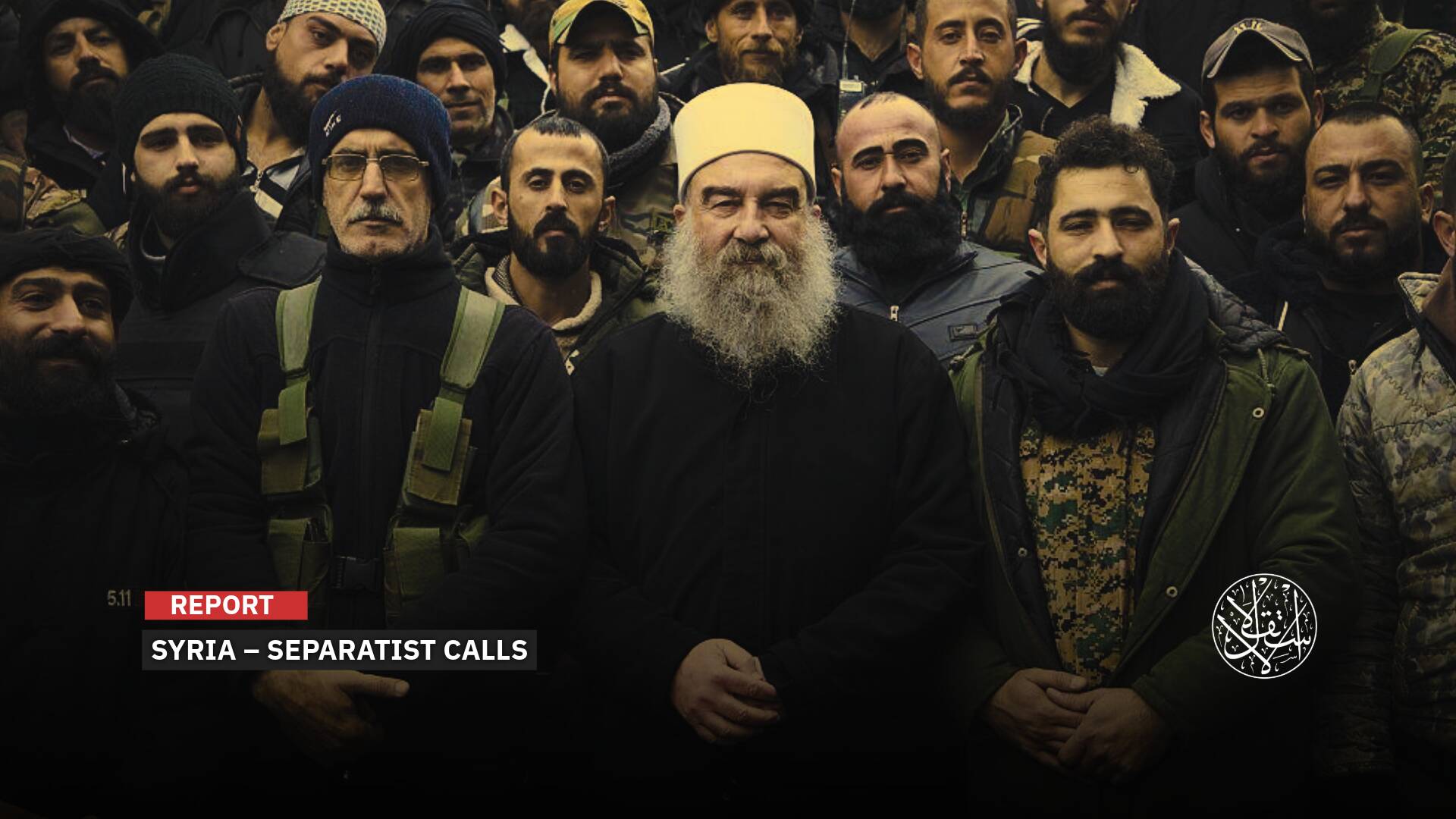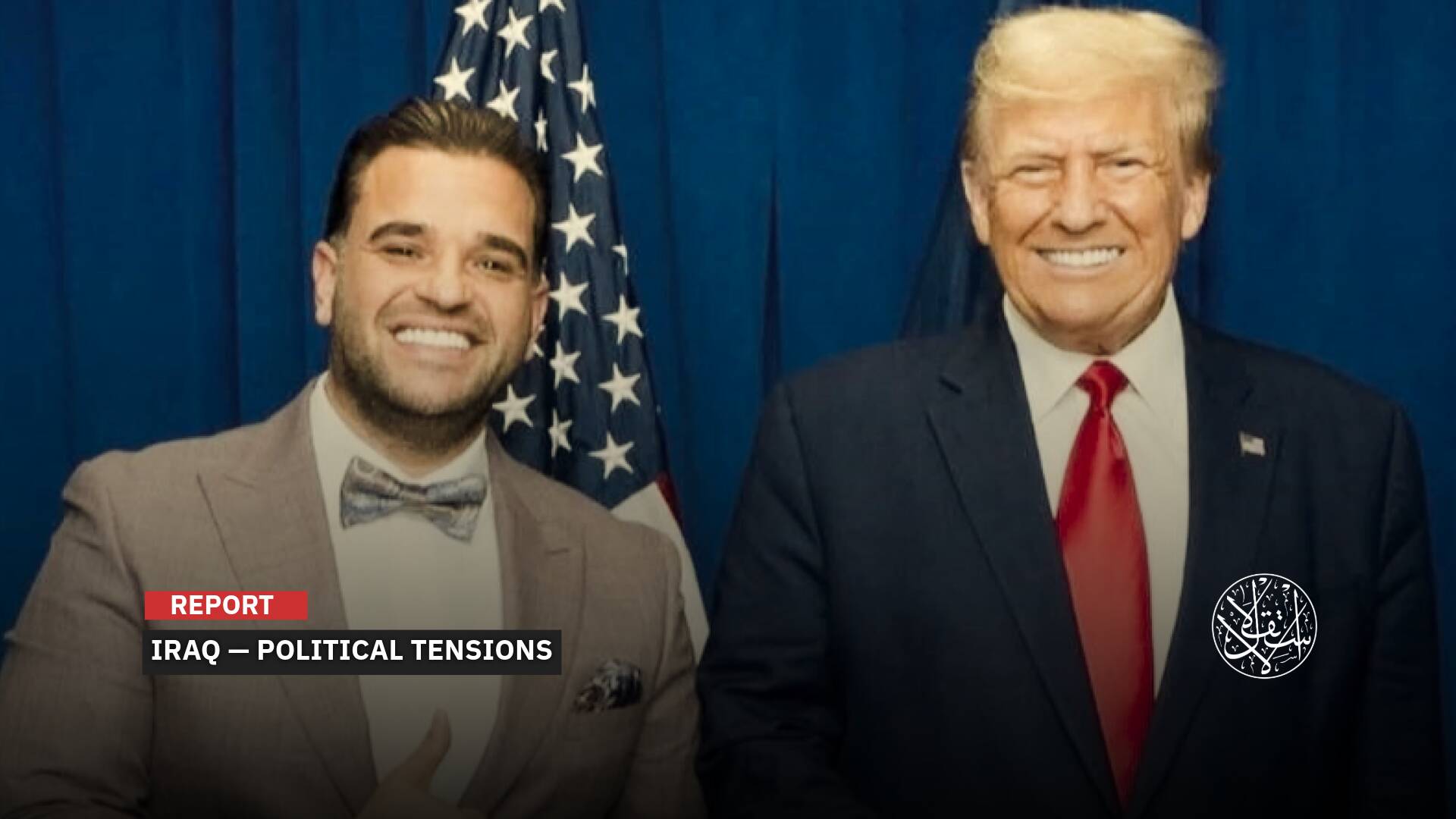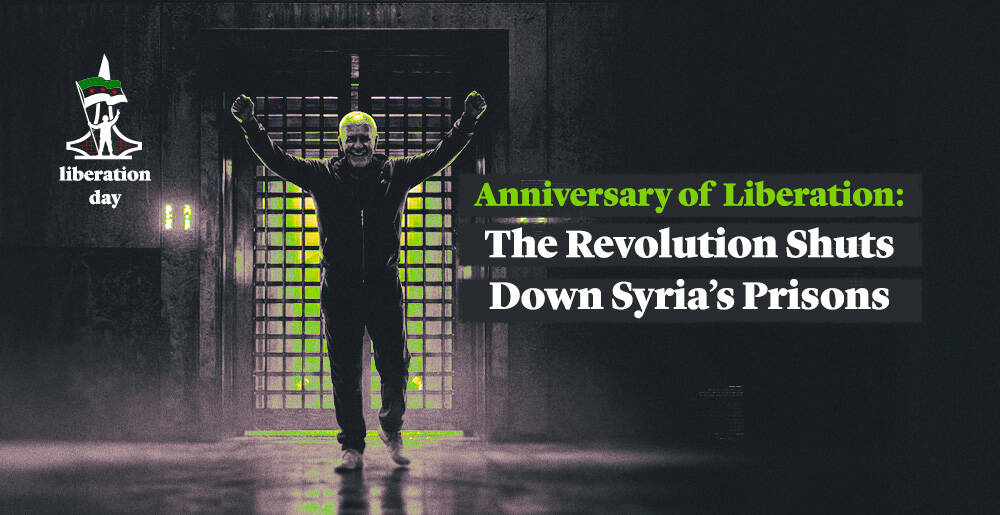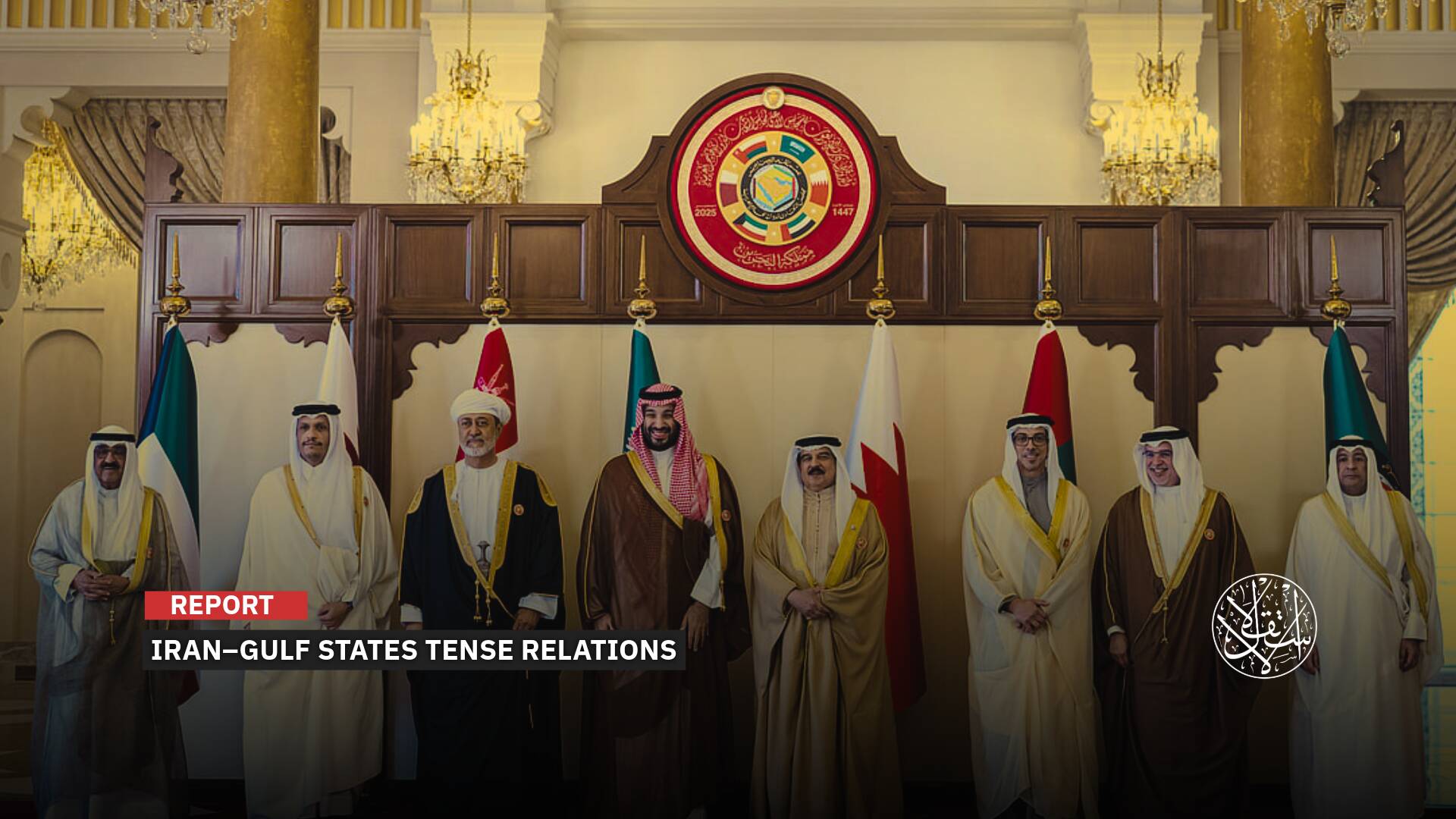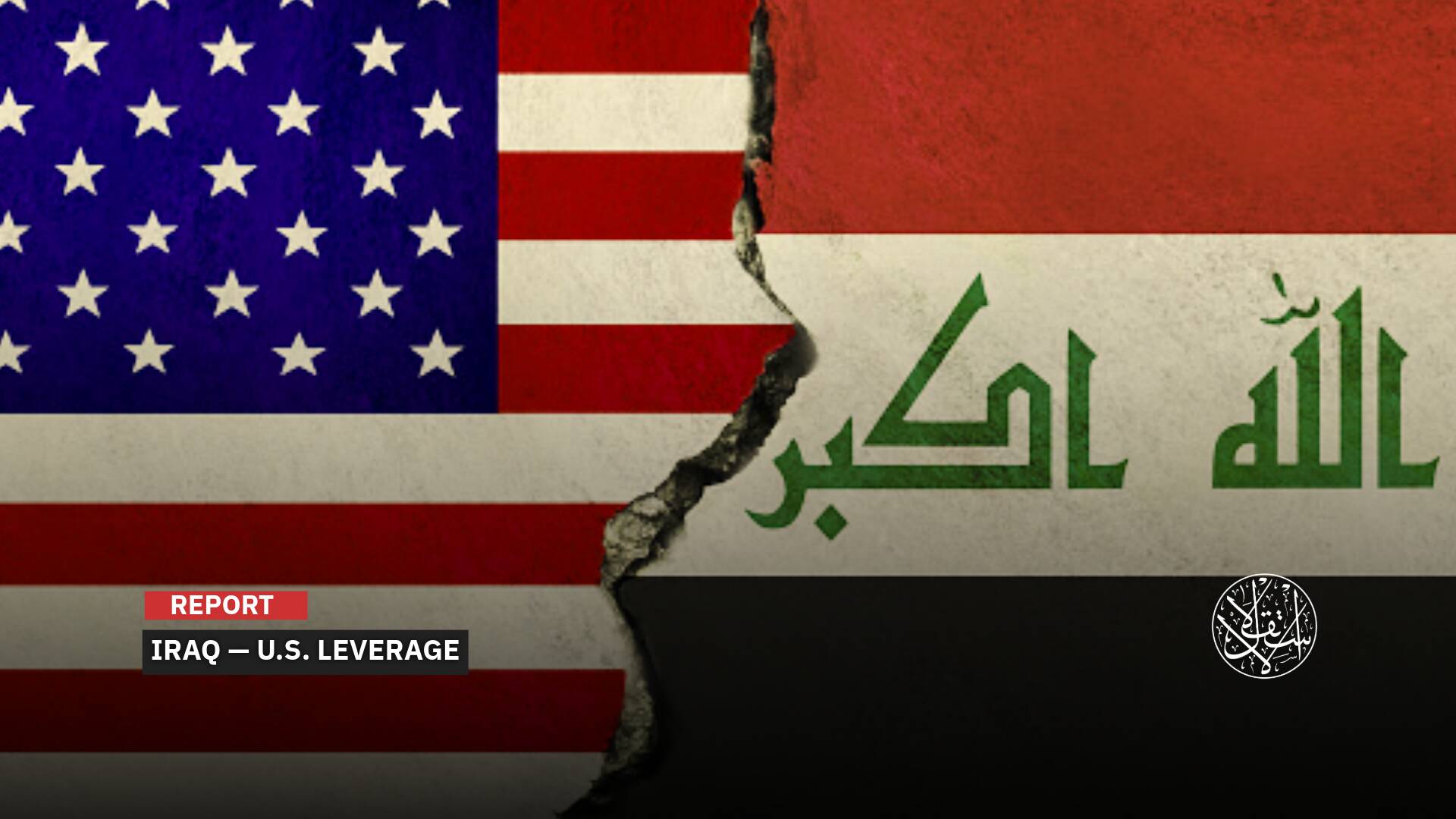Iran’s Strategy: Exporting Arms Factories Beyond Its Borders

“We warn against Iran’s push to localize parts of its military production program.”
For decades, Iran worked to move parts of its military industry, particularly missile and drone production, to several Arab countries. But the regional landscape shifted dramatically after the events of October 7, 2023.
Following the Palestinian Resistance’s Operation al-Aqsa Flood in Gaza, Iran’s influence saw significant setbacks, especially in Syria and Lebanon, raising questions about the fate of the weapons and arms factories it had established across the Arab world since the 1980s.
After Ruhollah Khomeini came to power and was appointed Supreme Leader in 1979—following the overthrow of the monarchy—he adopted the doctrine of “Wilayat al-Faqih” (Guardianship of the Islamic Jurist) and declared his intent to “export” the revolution, beginning with arming and supporting Hezbollah in Lebanon.

Yemen
Amid the backdrop of the 12-day Israeli war on Iran, which ended on June 24, 2025, Yemen’s internationally recognized government issued warnings over Iran’s alleged efforts to “relocate its military industry to Houthi-controlled areas.”
“We warn against Iran’s push to localize parts of its military production program—particularly missile and drone manufacturing—in Houthi-held regions, especially in Sa’dah, Hajjah, and the outskirts of Sanaa,” Yemeni Minister of Information, Culture and Tourism, Moammar al-Eryani, wrote on X on June 26.
According to al-Eryani, this move follows “precise strikes on Iran’s missile and drone infrastructure, growing international pressure to rein in its nuclear and missile programs as part of a future settlement, and the Houthis’ willingness to offer a favorable environment for such facilities.”
“International complacency in the face of these indicators will come at a great cost to the region and the world. It would allow Iran to entrench a dangerous new reality by turning Yemen into a backroom for its banned programs, an advanced missile base for the Revolutionary Guard, and a launchpad for threats to regional security.”
In early January 2024, a report by the United Nations Panel of Experts on Yemen confirmed that Iran’s Bandar Abbas port serves as the primary launch point for arms smuggling to the Houthis.
The report stated that the smuggling operations are overseen by Iran’s Quds Force. Weapons are initially loaded onto civilian ships and later transferred mid-sea to smaller boats. From there, the covert journey begins—passing through the Strait of Hormuz, skimming the coast of Oman, and continuing into the Gulf of Aden.
The shipments reach loosely monitored Yemeni shores via three main routes: one heads toward the port of Hodeidah, the second through al-Mahrah and inland, and the third via Somalia, where al-Shabaab facilitates transfers to the Houthis. Most vessels involved operate without national flags and often disable tracking systems.
According to the report, the most critical phase begins near Yemeni shores, where cargo is offloaded onto even smaller boats or temporarily stored on remote islands before being moved overland to Sa’dah, Hodeidah, and Sanaa.
In February 2021, the U.S. Navy intercepted a vessel carrying 30,000 AK-47 assault rifles bound for the Houthis. Later, in December 2022, a shipment of Iranian drones—identical to those used in attacks on Saudi Arabia—was also seized.
A 2023 report by the Center for Strategic and International Studies (CSIS) noted that arms smuggling to the Houthis has become a “firm component” of Iran’s regional strategy, and it almost always starts at Bandar Abbas.

Iraq
During the rise of ISIS in Iraq in 2014, Iran identified the country as a vital hub for manufacturing and storing weapons, which were then routed to its regional proxies in Lebanon and Syria—prior to the fall of Bashar al-Assad’s regime on December 8, 2024.
One of Iran’s key strongholds is the town of Jurf al-Sakhar in northern Babil Province, which is under the control of pro-Iran militias. There, Iran is believed to have established facilities for producing both missiles and drones.
Jurf al-Sakhar’s strategic geography links it to Anbar Province and connects it to Baghdad and Karbala. It also lies near the Saudi border. Around 250,000 Sunni residents were displaced from the area by Iran-backed factions after it was recaptured from ISIS, which held it for four months in 2014.
In a televised interview on April 16, 2021, former Iraqi Prime Minister Ayad Allawi revealed that Jurf al-Sakhar had become a self-contained zone with arms factories following the forced displacement of around 60,000 families. He quoted the late Deputy Head of the Popular Mobilization Forces (PMF), Abu Mahdi al-Muhandis, as saying that Jurf al-Sakhar would never be returned to its original inhabitants and that drone production was underway there under Iranian control.
A 2018 Reuters investigation reported that the situation in Jurf al-Sakhar had evolved beyond a refugee crisis into the transformation of the area into an isolated military zone. Citing three Iranian officials, two Iraqi intelligence sources, and two Western intelligence sources, the agency confirmed that Iran had transferred short-range ballistic missiles to its allies in Iraq.
Five officials told Reuters that IRGC experts were assisting Iraqi militias in manufacturing these missiles as part of a contingency plan in case Iran came under attack. The missiles—Zelzal, Fateh, and Zolfaghar—have ranges between 200 and 700 kilometers.
According to the same sources, these weapons were being stored in facilities and camps in eastern Baghdad's Zaafaraniya district and in Jurf al-Sakhar. The missile flow reportedly took place with the knowledge of the Iraqi government, despite its public denials.
In a 2019 report, the Washington Institute for Near East Policy stated that Hezbollah’s bases in Iraq, including Jurf al-Sakhar, had become hosts for Iranian ballistic missiles.
Jurf al-Sakhar has also been the target of repeated U.S. airstrikes, the latest of which occurred on July 30, 2024. That attack targeted PMF positions, killing four members and wounding others, according to an official PMF statement.

Syria
When the Syrian uprising against Bashar al-Assad began in 2011, Iran deployed its forces and proxies from Iraq and Lebanon to defend the regime. Over time, it became a major player in Syria’s security equation alongside Russian, American, and French forces operating in the country.
Iran established weapons manufacturing and storage sites across Syria—facilities that have been repeatedly targeted by Israeli airstrikes throughout Assad’s rule and even in the days following his downfall.
On September 12, 2024, Axios—citing three unnamed informed sources—reported that an elite Israeli army unit had carried out a raid destroying an underground precision missile factory in the city of Masyaf, southwest of Hama.
The Israeli Occupation government refrained from claiming responsibility for the operation to avoid provoking retaliation from Iran, Syria, or Hezbollah. The Israeli army, war ministry, and the prime minister’s office all declined to comment.
The report noted that the Iranian plan was to produce precision missiles at the fortified facility near the Lebanese border, allowing for rapid and low-risk delivery to Hezbollah. Intelligence sources said Israeli agencies had been monitoring the construction of the site—codenamed Deep Layer—for over five years. One source revealed that “Israel” had determined an airstrike alone would not suffice, and a ground operation would be necessary to destroy the site.
One of Iran’s most significant bases in Syria under Assad’s rule was the Imam Ali base, built in 2018 near al-Bukamal, close to the Iraqi border. The facility included tunnels and storage areas for missiles and other weapons.
Designed to bolster Iran’s military presence in Syria and serve as a strategic stockpile, the Imam Ali base was targeted multiple times by Israeli Occupation airstrikes—underscoring its critical importance to Tehran.

Lebanon
During Iran’s entrenchment in Syria and the formation of what became known as the “Axis of Resistance”—comprising Iraq, Syria, and Lebanon—Tehran supplied its regional proxies with advanced weaponry, particularly Lebanon’s Hezbollah, long seen as the crown jewel of Iran’s regional strategy.
According to Western and Arab reports, Iran’s Islamic Revolutionary Guard Corps–Quds Force played a central role in coordinating weapons shipments to Tehran-aligned militias.
The Quds Force has used multiple smuggling routes to transport arms. Overland routes stretch from Iran through eastern Iraq (via Diyala and Mandali crossings), into Syria’s Anbar province, and onward to Lebanon for Hezbollah or to northern Yemen for the Houthis via maritime trafficking.
Air transport has involved military shipments disguised as civilian cargo or humanitarian aid, especially on flights between Tehran, Damascus, and Baghdad. Maritime smuggling often relies on commercial ships sailing from Bandar Abbas, with weapons hidden among legitimate goods.
Hezbollah remains Iran’s most important ally in the region. Thanks to its smuggling networks extending through Iraq and Syria, the group has amassed a significant arsenal, including precision-guided missiles, drones, and even limited domestic manufacturing capabilities.
However, the intense conflict between Hezbollah and “Israel” that escalated from mid-September through late November 2024 took a major toll on the group’s military assets. While Israeli estimates claimed around 70% of Hezbollah’s missile stockpile was destroyed, U.S. officials put the figure closer to 50%, according to CNN on October 2, 2024.
Sources
- How Does Iran Smuggle Weapons into Yemen? [Arabic]
- Israel strikes Iranian naval base in Bandar Abbas's strategic southern port
- Iran’s Threat to Maritime Security
- US carries out strike in Iraq as regional tensions worsen
- Yemen’s Government Warns of Iran Localizing Military Industries in Houthi-Controlled Areas [Arabic]
- Report: Israel Destroyed 50 Percent of Hezbollah’s Arsenal [Arabic]


